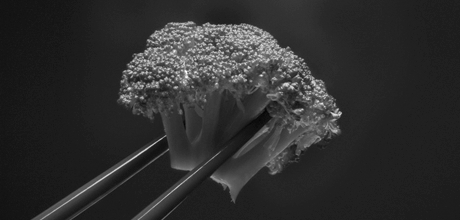
Clean eating is a deceptively simple concept. Rather than revolving around the idea of ingesting more or less of specific things (for instance, fewer calories or more protein), the idea is more about being mindful of the food’s pathway between its origin and your plate.
At its simplest, clean eating is about eating whole foods, or ‘real’ foods – those that are un- or minimally processed, refined, and handled, making them as close to their natural form as possible.
However, modern food production has become so sophisticated that simply eating whole foods can be a challenging proposition these days.
Thanks to extensive research that has linked eating whole foods with good health, we do know that largely plant-based diets are healthy.
Multiple studies have shown that diets heavy on fruits and vegetables can curb or prevent certain life-threatening conditions and diseases, such as high blood pressure, type 2 diabetes, and cardiovascular disease.
Plus, there’s research linking diets high in fruits and veggies to healthy weight management and glowing skin and hair.
Cooking does alter your food, but it isn’t necessarily a bad thing. While it’s true that some nutrients are lost during cooking, like vitamin C, other nutrients are increased when foods are cooked, like lycopene, so it’s best to eat a wide variety of foods, in both their raw and cooked forms.
When cooking food, the focus should be on maintaining the integrity of what you are consuming and avoiding high-fat cooking methods such as deep-frying or stewing in animal or vegetable fats.
When cooking, opt for flash-cook methods such as stir-frying and ones without additives like steaming. For fruits and veggies, raw is best, but steaming is a close second in terms of preserving nutritional value and keeping the food’s natural integrity.




